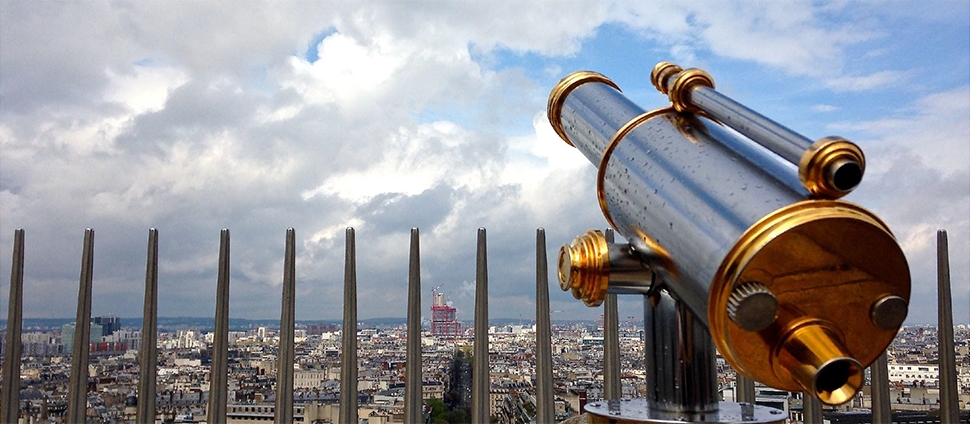"Ce grand bastiment neuf et vieux": The Louvre Towards Political, Social, and Urban Transformations in the Grand Siècle
Archived as published.
Abstract
Starting from a topographical analysis of the Louvre but shifting the focus from urban space to social and cultural interactions, this article argues that the Louvre, as both a physical and a political site, articulates a rather ambiguous connection between art, culture, and politics in the seventeenth century. The Louvre represents royal authority; however, it is no longer the place in which new culture circulates. In some ways, the palace, often abandoned, suffers over the course of the seventeenth century from a lack of interest and tends to lose its dominant place as a site where novel cultural and social events take place. By bringing together perspectives from art, literature, as well as urban and cultural studies, the aim is not to do an analysis of the institutional history and the architectural forms of the Louvre, but rather to question the relation between space and culture.


